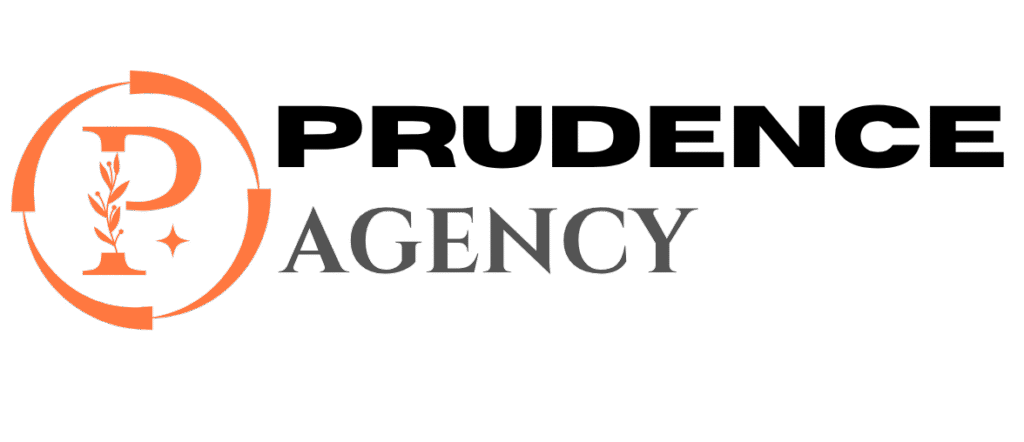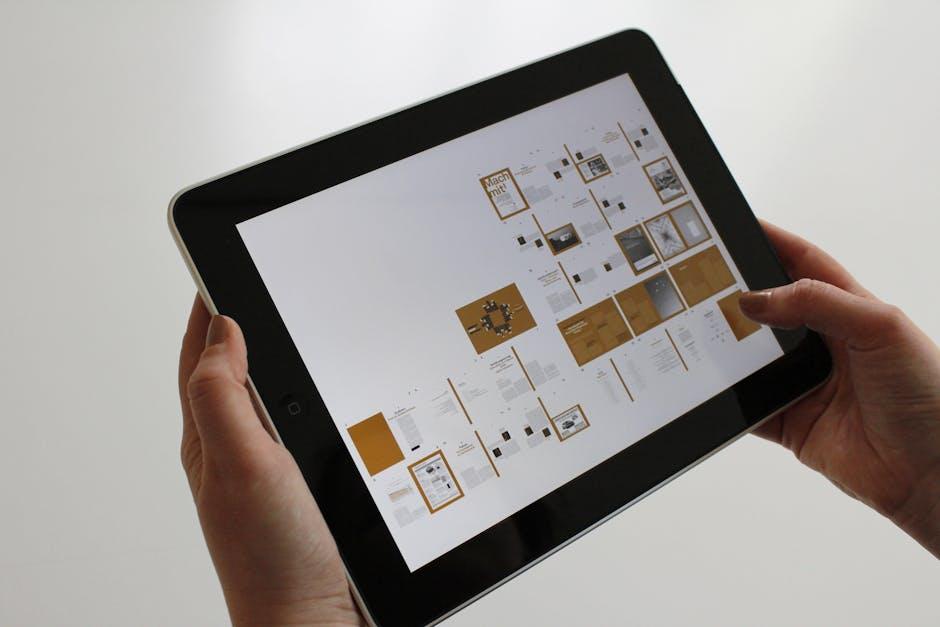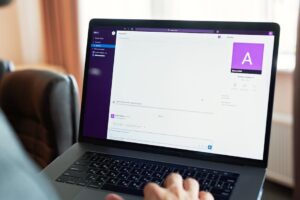How to Design with User Intent in Mind: A Complete Guide
Designing a website or application isn’t just about aesthetics or flashy animations. The real secret to a successful digital product lies in understanding user intent and aligning your design decisions accordingly. When you design with user intent in mind, you create a seamless, meaningful experience that meets your audience’s goals – ultimately boosting engagement, satisfaction, and conversions.
What Is User Intent and Why Does It Matter?
User intent refers to the purpose or goal behind a user’s interaction with your website or product. It answers the question: “What does the user want to achieve here?” By identifying and designing around these intents, businesses can optimize the user journey to meet customer needs more effectively.
Understanding user intent is crucial because it:
- Improves user experience (UX) by addressing real user needs.
- Enhances conversion rates by reducing friction.
- Boosts your site’s SEO performance through relevance and engagement.
- Helps prioritize content and design elements that matter most.
Types of User Intent
Before you can design effectively, you need to understand the main types of user intent, especially as they relate to web searches and interactions:
| User Intent Type | Description | Design Focus |
|---|---|---|
| Informational | User is looking for information or answers to questions. | Clear navigation, easy-to-read content, FAQs, tutorials. |
| Navigational | User wants to find a specific page or website. | Simple, intuitive site structure, consistent branding. |
| Transactional | User intends to make a purchase or complete an action. | Prominent CTAs, streamlined checkout, trust signals. |
| Commercial Investigation | User compares products/services before buying. | Product comparisons, reviews, detailed specs, filters. |
How to Design with User Intent in Mind: Step-by-Step
1. Conduct User Research and Data Analysis
The foundation of user intent design is understanding your audience deeply. You can identify user intent through:
- Analyzing search queries and keywords relevant to your niche.
- Conducting surveys and user interviews.
- Studying analytics data to find high-traffic pages and bounce rates.
- Monitoring user flow and behavior on your site with heatmaps and session recordings.
2. Map User Journeys Based on Intent
Create detailed user journey maps outlining each step a visitor might take depending on their goals. This lets you anticipate needs and design paths that guide users naturally through your site without confusion or roadblocks.
3. Prioritize Content According to Intent
Your content needs to directly answer the user’s questions or needs. For instance:
- Informational intent: Provide thorough blog posts, how-tos, and guides.
- Transactional intent: Show clear product details, reviews, and an easy purchase process.
- Navigational intent: Ensure your homepage and key pages are easily accessible.
4. Use Clear and Persuasive Calls to Action (CTAs)
CTAs act as signposts that help users complete their desired actions. Make sure your CTAs speak directly to the user’s intent – for example, “Get a Free Quote” for commercial investigation or “Buy Now” for transactional.
5. Design Intuitive Navigation and UX Flow
Navigation should help users find what they want quickly, respecting their intent. Use logical menus, breadcrumbs, and internal linking to support this.
6. Optimize for Speed and Mobile
Today’s users expect lightning-fast loading times and flawless experiences across all devices. Meeting these expectations keeps users engaged and reduces drop-off.
7. Test and Iterate Continuously
Use A/B testing and user feedback to fine-tune your design based on real-world interactions and changing user needs.
Benefits of Designing with User Intent in Mind
- Higher Conversion Rates: Aligning your design with user goals leads to more completed actions.
- Reduced Bounce Rates: When users find exactly what they want quickly, they stay longer.
- Better SEO Rankings: Search engines reward relevant websites that satisfy user intent.
- Improved Brand Loyalty: A positive user experience encourages repeat visits and word-of-mouth referrals.
Practical Tips for Implementing User Intent Design
- Use keyword tools like Google Keyword Planner or SEMrush to capture user intent in your content.
- Leverage personas with clear intent profiles you can design for.
- Write microcopy (buttons, error messages) that directly supports user goals.
- Keep forms minimal to reduce frustration during transactional stages.
- Incorporate trust signals such as reviews and security badges where appropriate.
- Employ progressive disclosure-show only necessary info initially, with options to explore more.
Case Study: Designing for User Intent in an E-Commerce Store
Consider an online clothing retailer targeting users with different intents:
- Visitors searching for “how to style summer dresses” (informational) find a well-structured blog with embedded product links.
- Users looking for specific products use advanced filters and comparison tools for quick decision-making.
- During checkout (transactional), the store offers guest checkout, transparent shipping info, and clear CTAs.
This multifaceted approach ensures each visitor finds tailored content and frictionless interactions, boosting both engagement and sales.
Conclusion
Designing with user intent in mind is no longer optional – it’s essential for creating meaningful, user-centered digital experiences that perform well in search engines and convert visitors into customers. By understanding different types of user intent, crafting journeys around those needs, and optimizing every design element accordingly, you build trust and deliver value that keeps users coming back.
Start putting user intent at the core of your design process today, and watch your website or app transform into a powerful tool for engagement and growth.











